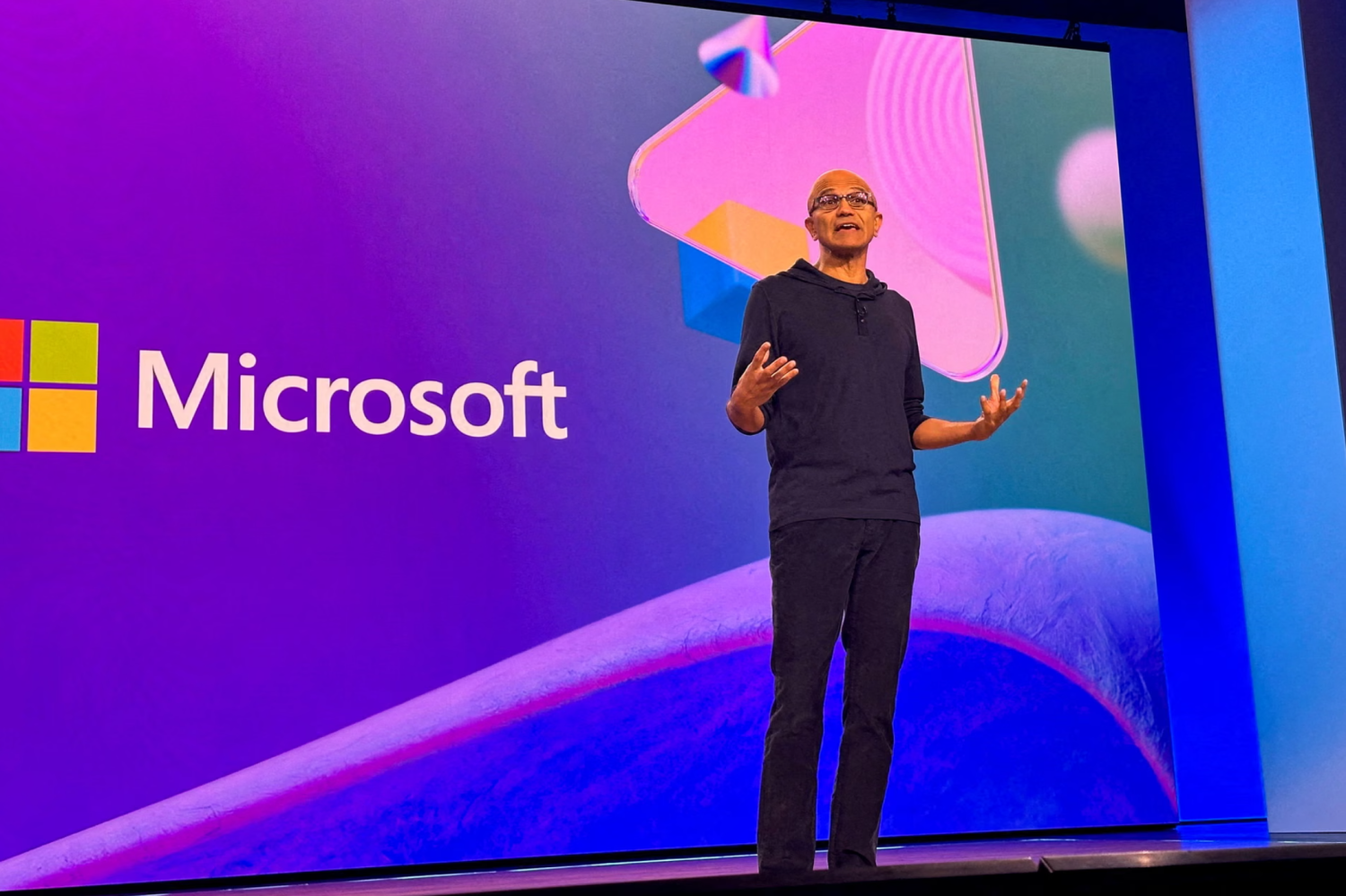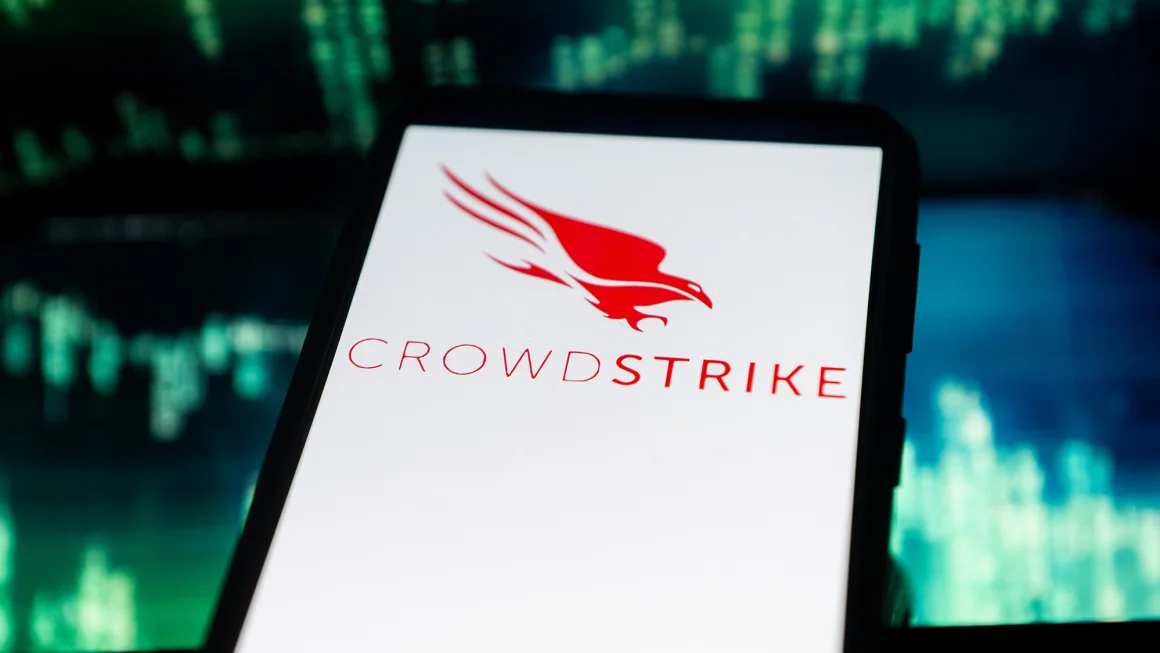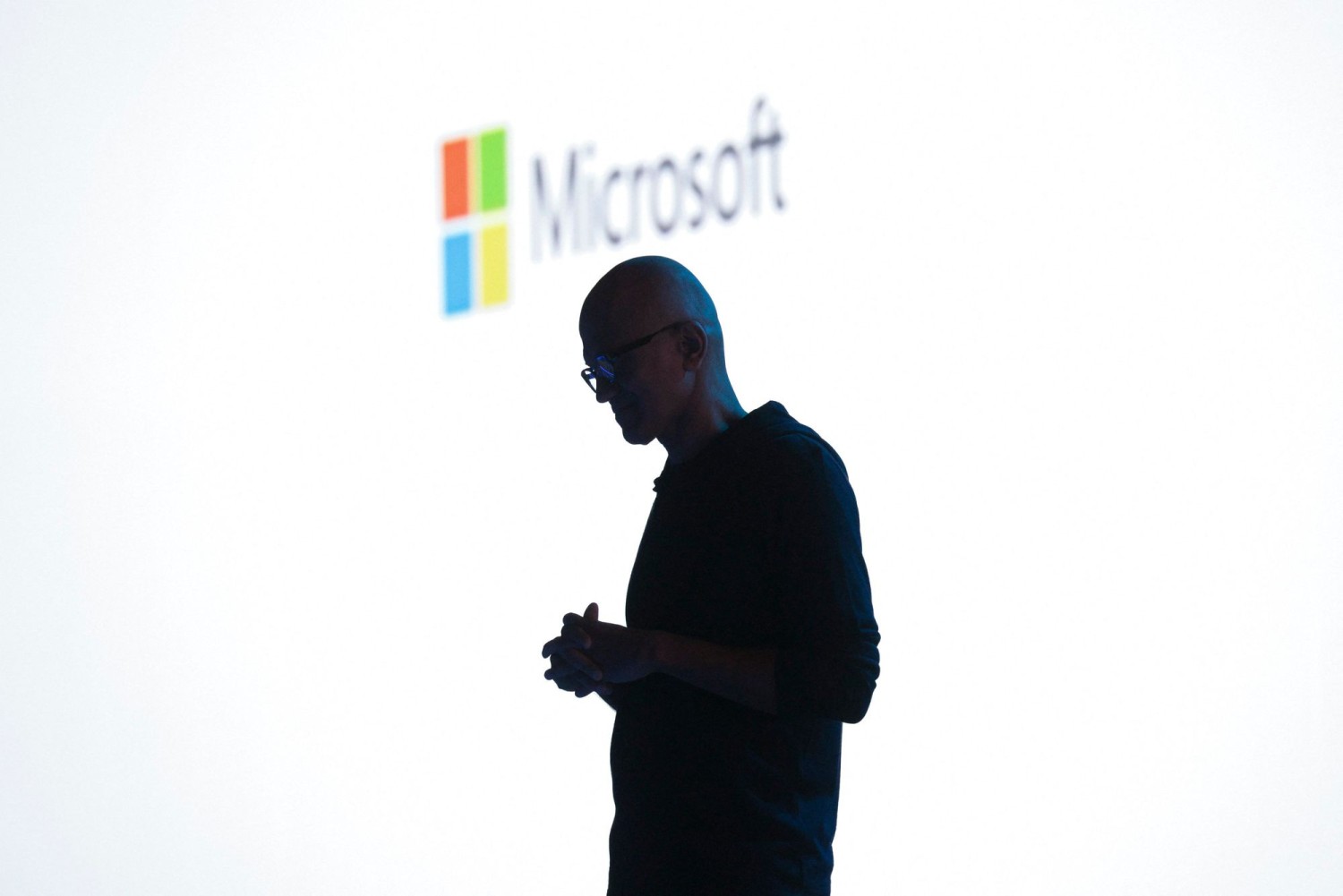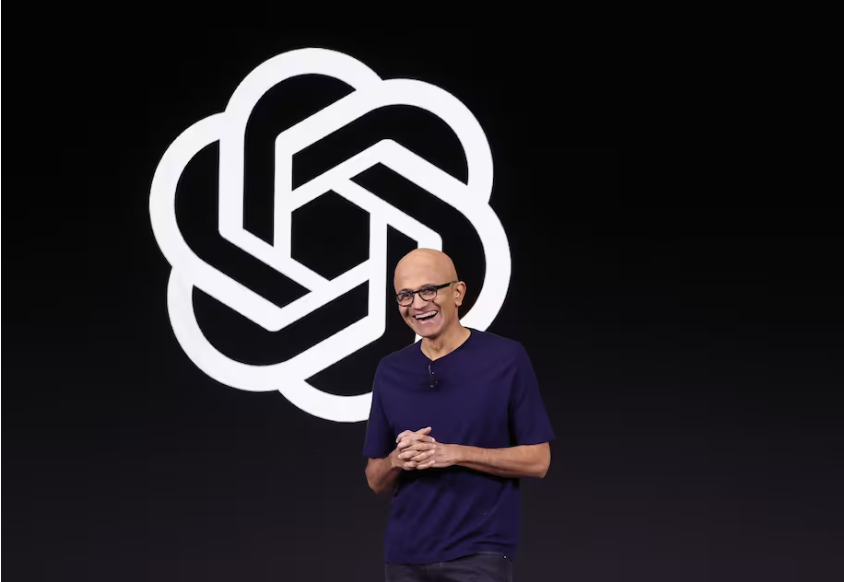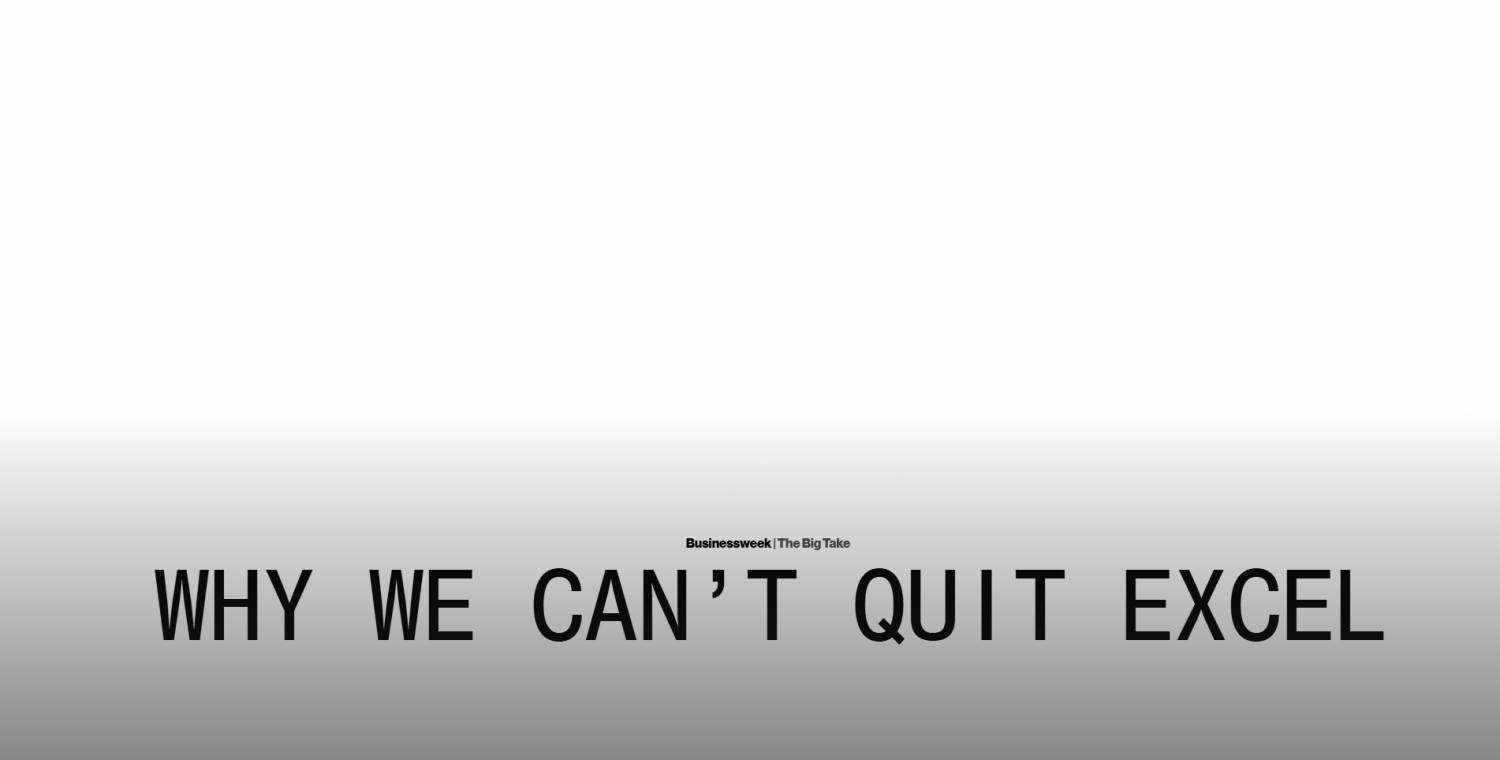
This article is more than
8 year oldWhy I’ve pledged to never open LinkedIn again
HERE’S how I got furious. I was on LinkedIn. An obvious place to experience negative emotions, you’re probably thinking. But this was worse than normal. LinkedIn put a little red dot on the square marked “messages”. Someone cared enough to message me!
I clicked. What ensued was horrible.
“Hi Jason,
It looks like you may be an ideal candidate to study The Agile MBA™! Why?”
I did not stick around to find out why. My blood was boiling. I felt dirty. I felt compromised and used. This horrible website deliberately chose to raise my expectations then disappoint me, just to make a few cents from their stupid advertisers.
The worst thing is I should have known. They’d tricked me before. Ultimately I was angriest at myself for being so stupid. At that moment I took a stand — I pledged to never again open LinkedIn.
THE PSYCHOLOGY OF NOTIFICATIONS
The human brain lives at the mercy of surges and troughs of the organic chemical 3,4-dihydroxyphenethylamine. That’s the full name for dopamine. Dopamine, as you well know, is the reward chemical involved in sex, drugs, rock and roll, and of course the pings that emanate from your mobile device when someone likes your status update.
Like a poker machine, notifications bring dopamine surges at high frequencies, with flashing lights and sounds. The human brain evolved on the Savannah where light came from the sun, moon and stars, and reward was infrequent. The poor brain was never designed to endure this kind of onslaught. Our modern lives are therefore at the mercy of neurotransmitter surges our brains are ill-equipped to deal with.
The best strategy — if you have the wherewithal — is to turn off push notifications.
I definitely don’t let LinkedIn send me push notifications on my phone. But I do let it send me an email when I get a new connection. So every now and then I follow a link from my email over to LinkedIn to accept the connection. I arrive at the website and generally find the little red dots at the top of the page telling me I have eight or nine “notifications” and maybe a message or two.
LinkedIn notifications (um, happy … work anniversary?) remind me most of bird poop on the windscreen of my car. I’m not turning on the windscreen wipers because I’m keen to get poop on my wipers. Quite the opposite. The poop is simply something I need to wipe away to have a clear view. I click LinkedIn notifications to make the red dot go away, not because I want to know about them.
But the red dot on LinkedIn messages? I’d got real messages from real people in the past. That was something I still held out hope for — until now.

BOY WHO CRIED WOLF
App developers know what we are like. They know we use their websites when the notifications come in.
But what if our networks are a bit quiet? We stop using! The trick, then, is to send us notifications anyway.
Twitter has started sending me some pretty low-value notifications. When nothing is happening, it tells me, for example that person x, y and z have shared a link. Oh, people are using your website, Twitter? Great. You’re still functional? That’s like someone sending me a text to advise me they’re still breathing.
There is a structural problem here. Notifications are free to send so there’s no reason for websites to hold back. Every site wants to bombard us. Our brains will stop producing dopamine in response to a stimulus if it becomes too frequent, or the pay-off is too infrequent. If websites don’t tread carefully, the power of the notification will eventually be eroded.
LINKEDIN HAS JUST FLIPPED
LinkedIn is free to use. So at one level, complaining is silly. Nobody made me sign up.
But if you’re not paying for a product — you are the product. And that is fine when the product is adding value. But LinkedIn has just flipped for me. It is now subtracting more value than it adds.
LinkedIn sells premium subscriptions to recruiters and the kind of people that run agile MBAs. To add value for them, it needs to let them spam the rest of us. And that is dangerous, because if it ruins LinkedIn for people like me, who will be there to receive the spam?
LinkedIn — owned by Microsoft since 2016 — claims to have half a billion users. It keeps absolutely shtum on how many of those are active users, however. I bet most of us leave an account there but never really visit it.
Jason Murphy is an economist. He publishes the blog Thomas The Thinkengine. Follow Jason on Twitter @Jasemurphy
